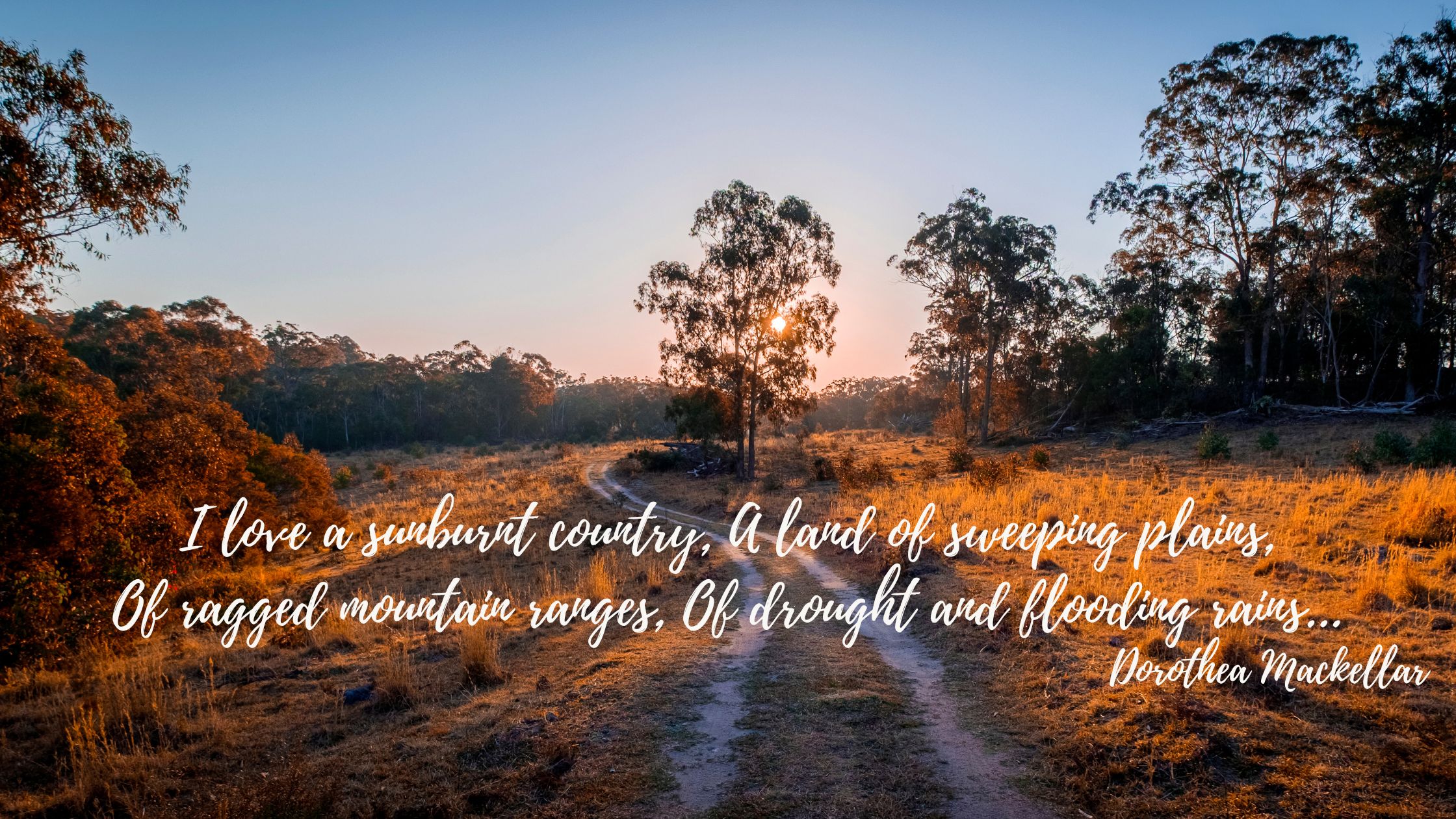
I never heard of El Niño when I was a kid. Melbourne was just hot, dry summers and cold wet winters. Summer meant school holidays and temperatures that increased over several days until they reached late 30 or early 40s. We would joke about loving ‘a sunburnt country’ and everyone would nod sagely and mutter “Just wait – the cool change will hit this afternoon”.
Then suddenly the wind would change and the smell of petrichor would fill the air – mum would jump up to get the washing in and the kids would run around the house opening the doors and windows to let in the cool breeze. The thunderstorm would arrive suddenly, hail would pound on the roof and the wind would blow the outdoor furniture around. We would ‘ooh’ and ‘ahh’ over the size of the ‘golf-ball sized’ hailstones. Then the weather cycle would start again.
Back in school, my head was filled with new terminology like ‘global warming’, ‘climate change’ and this Spanish phrase, ‘El Niño’ (aka ‘boy-child’). It was something that happened in South America – how could something affect two continents on opposite sides of a vast, expansive ocean? My little brain could not fathom weather patterns that could affect the whole planet. But now we know it is real, it happens every few years, and it is happening again now.
The Bureau of Meteorology (BoM) has declared we are again in the grip of El Niño. Pacific Ocean surface temperatures have risen and the atmosphere is responding with weakening trade winds. Indications are that we will have a hot, dry summer with reduced rainfall. In addition to El Nino, a positive Indian Ocean Dipole is also occurring, and the two events combined will lead to a stronger and more widespread drying effect across Australia. The CFA has warned us to start preparing for an early bushfire season – clean your gutters, sweep up loose leaves, prune back tree branches and keep your lawn mown. If you’re a volunteer for TreeProject, it’s also time to register to be a grower, and pull out your growing racks and shade cloths.
The little boy and the little girl
El Niño and La Niña are two opposing climate patterns that typically last 9 – 12 months. El Niño was named by Peruvian fisherman who noticed the water was warmer around Christmas time every few years (hence boy-child). La Niña translate to ‘girl-child’ and is just the opposite of El Niño, bringing cooler weather and wetter conditions. But don’t be fooled that La Niña is a sweet little girl with pigtails and a charming smile – she is just as destructive as her bro. Both conditions have become more frequent and intense over the years due to climate change. We last saw El Niño in 2018-19 which ended with the Black summer bushfires of December 2019. Then La Niña occurred over 2020-23 and we experienced the record-breaking rains and flooding up and down the east coast.
So who knows what this El Niño summer will bring? It’s only September and Sydney has already experienced 2 days over 33°C and ‘catastrophic’ bushfires on the NSW south coast. I remember when there was still ‘skiable’ snow at Mt Buller in September. I don’t think that will happen again for a while. Anyway, I will be too busy cleaning my gutters and waiting for a thunderstorms to bring me some hailstones.
With thanks to Debbie Ho
